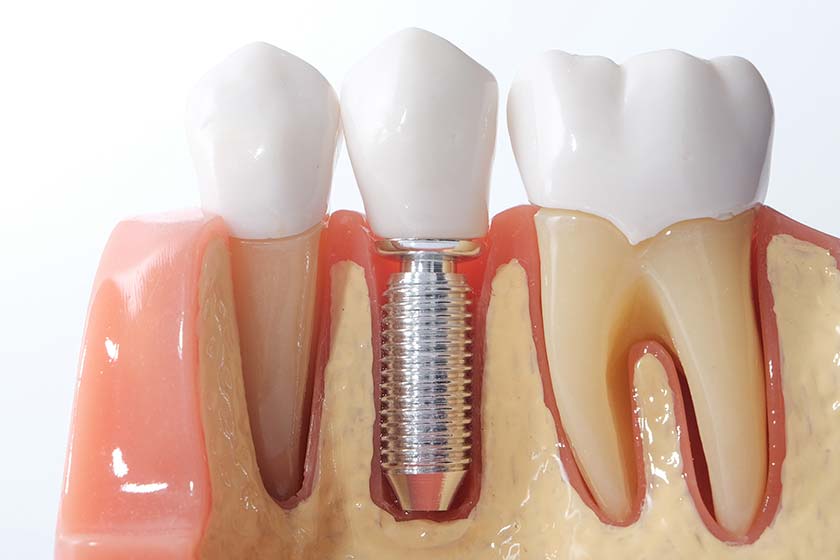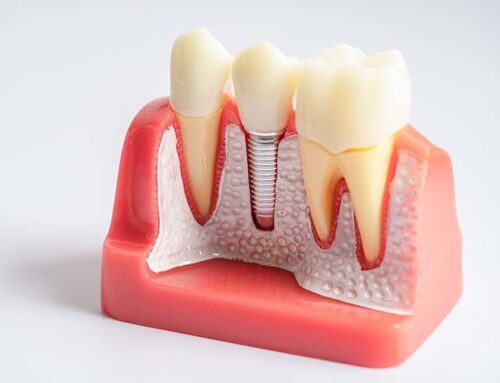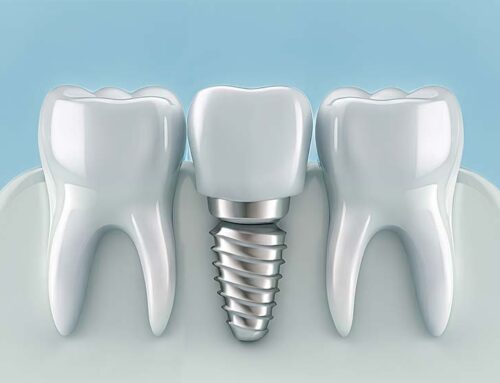Some patients with gum disease may avoid getting examined, assuming they are not suitable candidates for implant treatment. This can delay the treatment of gum and bone loss, leading to further loosening of the teeth and eventually tooth loss.
During the dental implant procedure, your oral health is assessed, including factors such as gum disease and bone density, through examination and imaging during the evaluation and planning stages.
What is gum disease and what causes it?
Gum disease occurs when the soft gum tissue and bone surrounding the teeth become infected. Gingivitis is an early form of gum disease that develops from plaque (bacterial deposits) accumulation on the teeth.
If left untreated, plaque can spread below the gum line and turn into a more advanced form of gum disease known as periodontitis or periodontal disease.
The main cause of gum disease is plaque buildup, typically due to inadequate oral hygiene routines. Smoking is also a significant factor, and genetics can play a role as well. Gum disease may go unnoticed in its early stages, but symptoms become more evident as it progresses. The most important way to maintain gum health is by consistently practicing good oral hygiene.
Gum disease can be properly diagnosed by your dentist. Treatment is tailored based on the patient’s condition, and after it is completed, implant therapy can begin. Severe gum disease can cause damage to the bone tissue. In cases of bone volume loss, a bone graft may be applied to support the jawbone. Tooth loss is another cause of bone loss. After a bone graft, implant treatment can proceed.
If you’re concerned about gum recession, tooth loss, or have already experienced tooth loss and feel discomfort in your gums, you should schedule an appointment with your dentist.







Leave A Comment